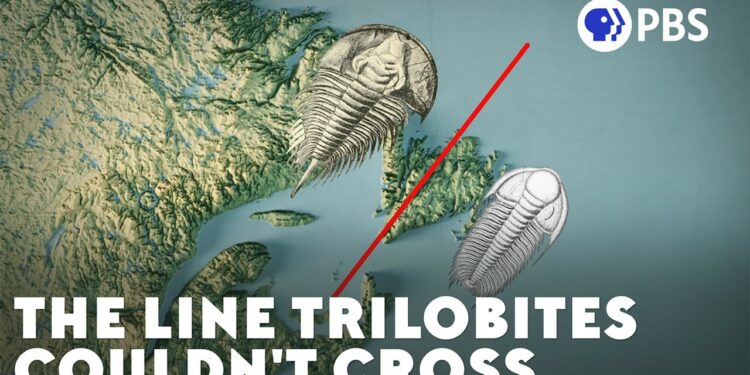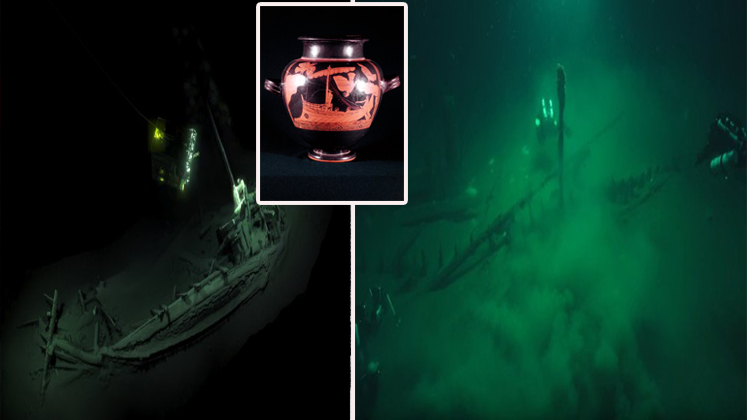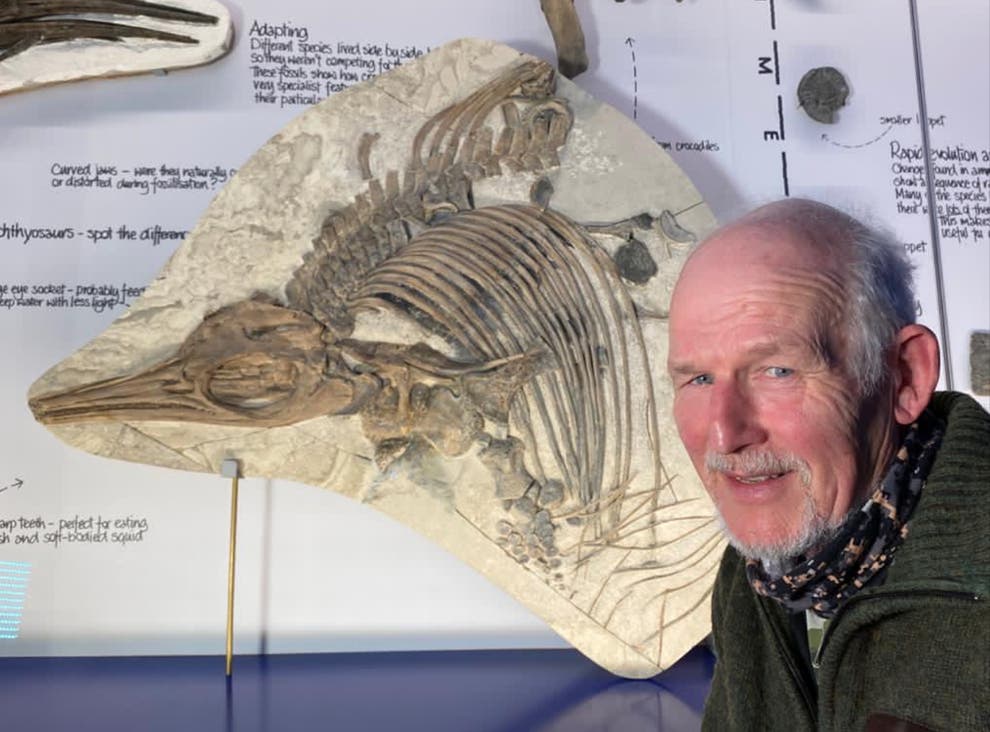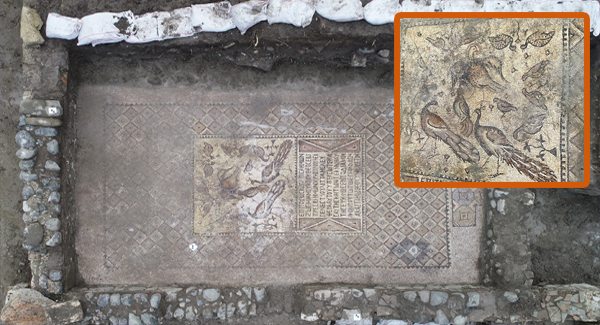We know more about our cosmic neighborhood than Earth’s oceans. It wasn’t until the 1950s that sonar mapped the Atlantic Ocean floor, revealing a surprising mid-Atlantic ridge of underwater mountains with near-constant seismic and volcanic activity. This discovery was pivotal for the theory of continental drift, showing that since the Triassic period, about 230 million years ago, the Atlantic has been expanding from this central seam. However, trilobite fossils, smaller than a hand, suggest this isn’t the full story—they hint that ocean basins reincarnate every few hundred million years.
In 1888, paleontologist Charles Doolittle Walcott, later famed for the Burgess Shale, studied Cambrian trilobites (520 million years old) in Newfoundland. Trilobites, abundant and diverse, helped date and correlate rock strata globally. In Newfoundland, Walcott found distinct trilobite populations: Paradoixidids dominated the east, Olenellids the west. This was odd—nearby shallow water environments should have mixed trilobite populations, yet they differed sharply. Walcott identified these as ‘Atlantic’ and ‘Pacific’ faunas, split by a line through Newfoundland, also seen in brachiopods and graptolites. Similar patterns appeared elsewhere: ‘Atlantic’ fossils in England and Wales, ‘Pacific’ in Scotland and Northern Ireland; ‘Pacific’ in west Spitsbergen but not its east; ‘Atlantic’ in New Brunswick, but ‘Pacific’ in Maine and Quebec. Early geologists, assuming fixed continents, couldn’t explain this, proposing a vanished underwater chasm in Newfoundland.
In the early 20th century, Alfred Wegener’s 1912 continental drift theory suggested North America and Europe, and South America and Africa, were once joined, separated by the Atlantic. Rejected for lack of a mechanism, the theory gained traction in the 1940s when John Tuzo Wilson revisited Newfoundland’s trilobites. Examining the fauna-dividing line, Wilson found metamorphic and volcanic rocks indicating a massive continental collision. The ‘Atlantic’ and ‘Pacific’ faunas lived on separate coastlines, divided by the now-closed Iapetus Ocean. Over time, Cambrian faunas were distinct, but by the Ordovician and Silurian, they grew similar, suggesting drifting continents allowed mixing. Wilson mapped collision evidence across Spitsbergen, Scandinavia, the British Isles, and Maine to Connecticut, forming the Iapetus suture—the remnant of the Iapetus Ocean. This suture aligns with the modern Atlantic’s opening, as ancient continental fragments got stuck on the ‘wrong’ side when the Atlantic formed.
In 1966, Wilson proposed the Atlantic had closed and reopened, laying the foundation for the Wilson Cycle, a core plate tectonics theory. This cycle describes ocean basins closing and reopening along the same boundaries, rather than continents breaking anew. Its eight stages include: 1) continental extension forming a sag basin (e.g., West Siberian basin); 2) rifting allowing seawater to form an embryonic ocean (e.g., East African rift, predicted to become an ocean in 5–10 million years); 3) seafloor spreading creating a young ocean (e.g., Red Sea); 4) spreading forming a mature ocean (e.g., current Atlantic); 5) subduction zone formation (e.g., Pacific’s ‘ring of fire’); 6) ocean shrinking as crust subducts (e.g., Mediterranean); 7) continental collision forming a suture zone, initially mountainous (e.g., Himalayas), later exposing metamorphic rocks; 8) stability before the cycle restarts.
Ocean basins reopen at suture zones because upwelling mantle material, driven by subduction at continental edges, targets these weak, already-damaged crustal areas. This ties to supercontinent assembly and breakup, but Wilson Cycles operate on smaller scales and shorter timescales. The Atlantic, exploiting the Iapetus suture, is a prime example. Other examples include the Rio Grande rift, following the Farallon plate’s ancient suture, and China’s rift along the 2-billion-year-old Trans-North China Orogen. The East African rift, along the Precambrian Mozambique Ocean’s suture, is 5–10 million years from becoming an ocean.
Wilson’s trilobite work helped validate continental drift. The Wilson Cycle shows that collision zones, despite forming mountains, are weak and prone to breaking, preserving plate boundaries for hundreds of millions of years. This allows stable continental interiors and helps predict future oceans. It also informs how tides, ocean circulation, and climate have shaped life’s evolution over millions of years, from the Iapetus Ocean’s trilobites to the Atlantic’s future inhabitants.






















